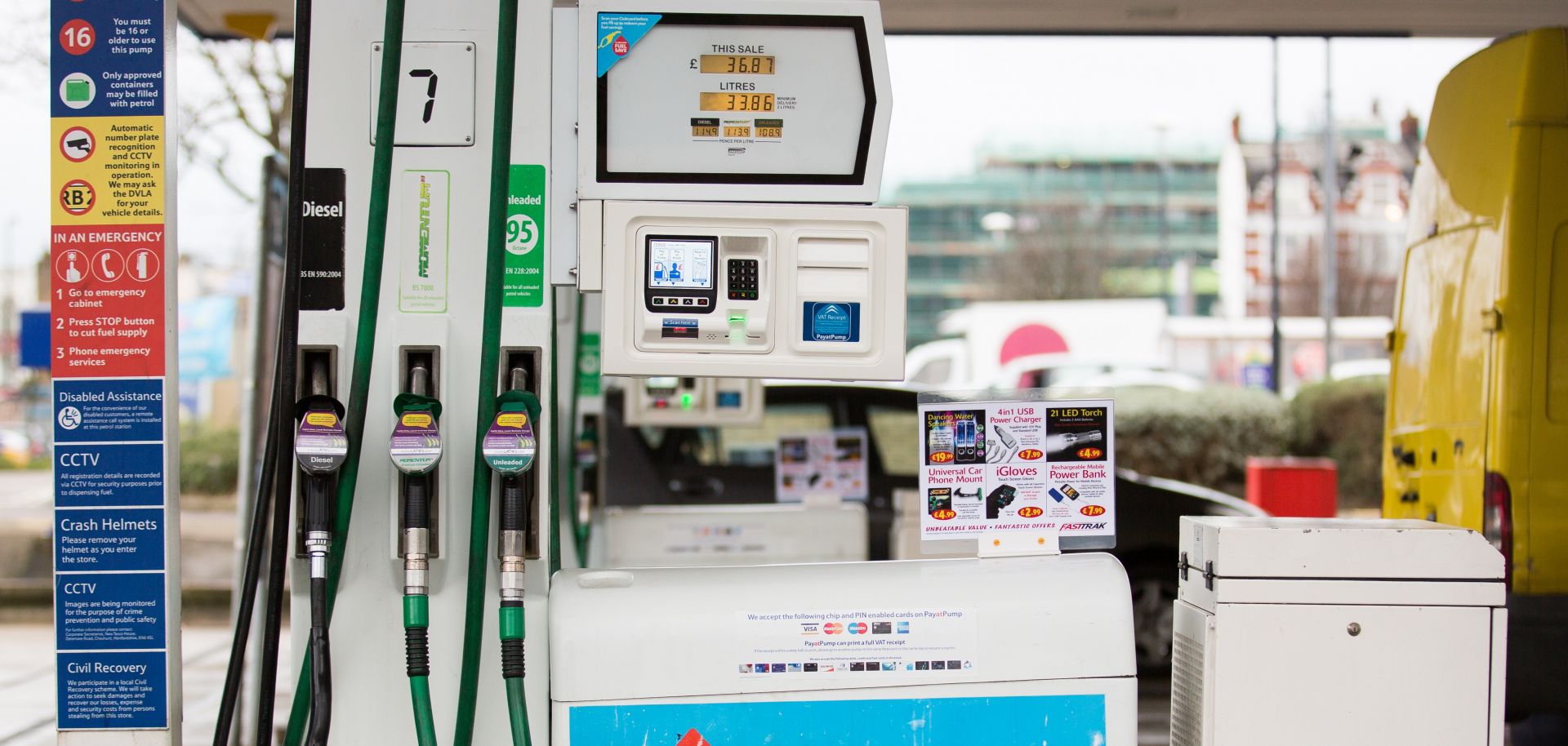ASSESSMENTS
The Slippery Task of Balancing Supply and Demand in the Oil Market
Jan 12, 2018 | 19:47 GMT

Oil prices are up 59 percent since 2017 lows in June. The price of Brent crude oil topped $70 per barrel briefly on Jan. 11 for the first time in more than three years.
(ANDREW COWIE/AFP/Getty Images)
Highlights
- A number of factors including increased demand and continued production cuts are contributing to the rise in Brent crude oil prices.
- Russia and many OPEC members view higher prices with cautious optimism. They've tried to curb production enough to keep oil prices stable without curbing it so much so as to direct investment to North American shale oil production or alternative energies.
- There are conflicting views about how much U.S. production has actually increased and how sustainable the increase is, but many producer countries remain concerned.
Subscribe Now
SubscribeAlready have an account?
